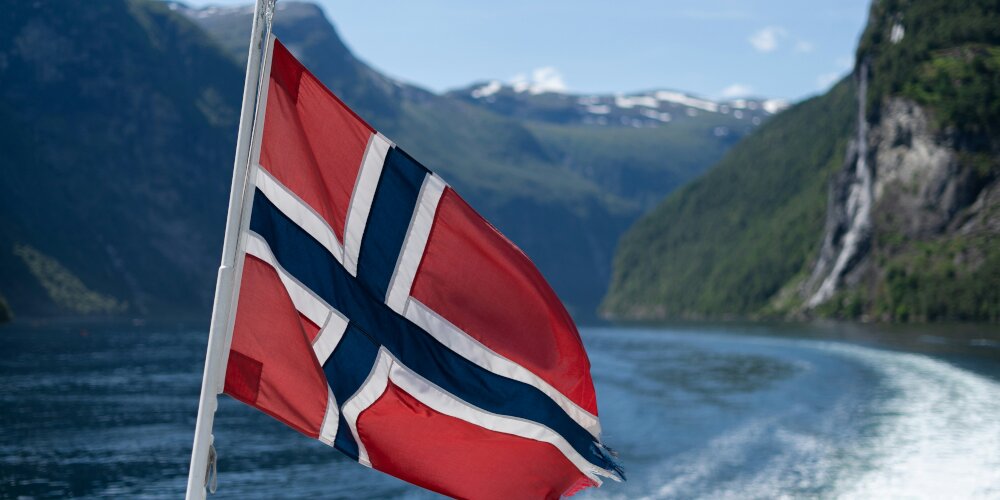Browse our services
Explore how Brookes Bell can help you
Find an expert
Meet our team, find and expert and connect
Contact us
Get in touch, we're here to help

The United Kingdom has finalised a £10 billion agreement to build at least five Type 26 anti-submarine frigates for the Royal Norwegian Navy, marking the largest warship export deal in British history.
Under terms announced by the Ministry of Defence, the contract will see the construction of vessels at BAE Systems’ Govan shipyards in Glasgow and support some 4,000 jobs across the UK “well into the 2030s,” including more than 2,000 positions on the Clyde.
UK Prime Minister, Sir Keir Starmer, said the deal would “drive growth and protect national security for working people”.
“This success is testament to the thousands of people across the country who are not just delivering the next generation capabilities for our Armed Forces but also national security for the UK, our Norwegian partners and NATO for years to come,” Starmer added.
Defence Minister, Luke Pollard, described the arrangement as “the biggest British warship deal in history” and “a huge vote of confidence in British workers and the British defence industry”.
The order will extend the existing Type 26 programme – eight vessels already under construction for the Royal Navy – by creating a combined UK-Norwegian fleet of 13 frigates dedicated to anti-submarine operations in northern European waters.
Norwegian Prime Minister, Jonas Gahr Støre, said the selection of the UK design reflected both strategic and technical considerations.
“Who is our most strategic partner? And who has delivered the best frigates?... The answer to both is the United Kingdom,” Støre told Sir Keir Starmer.
The Norwegian government described the procurement as its largest defence capability investment to date.
The Type 26 vessels for Norway will match the specifications of their British counterparts, featuring advanced sonar suites, anti-torpedo defences and flexible mission bays. Deliveries are scheduled to begin in 2030, with Norway aiming to receive its first frigate by 2029.
While eight ships for the Royal Navy are due for completion over the next decade, officials say sequencing with Norway remains under discussion to avoid disruption to the UK build programme.
UK Defence Secretary, John Healey, emphasised the operational benefits of the joint fleet.
“Our navies will work as one, leading the way in NATO, with this deal putting more world-class warships in the North Atlantic to hunt Russian submarines, protect our critical infrastructure, and keep both our nations secure,” Healey said.
The contract received a warm reception in Scotland. Scottish Secretary, Ian Murray, said the decision “demonstrates the tremendous success of our shipbuilding industry and showcases the world-class skills and expertise of our workforce on the Clyde”.
BAE Systems has also licensed the Type 26 design to Canada and Australia, while expanding its Glasgow facilities with a new “frigate factory” capable of assembling two ships simultaneously.
The maritime sector is the engine of the global economy. Without it, the goods we buy simply wouldn’t be available to us. The maritime industry supports our way of life.
But, who supports the maritime industry?
Brookes Bell.
Since 1903, Brookes Bell has been providing multidisciplinary technical and scientific consultancy to the biggest names in maritime.
For more maritime industry insights, news and information, read the Brookes Bell News and Knowledge Hub…
A Brief History of the Suez Canal | The World's Largest Container Ships | Iraq’s Al Faw Port and “Dry Canal” to Rewrite the Global Trade Map